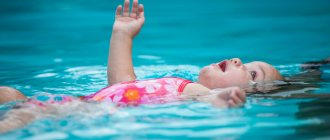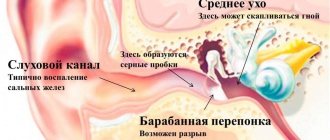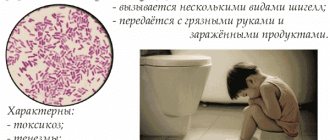Is it possible to bathe a child with chickenpox?
You can swim if you have chickenpox. Studies have been conducted that have proven that such a procedure not only does not harm the patient, but also helps speed up the healing process.
Water procedures are allowed from 3-4 days. Previously, washing is not recommended due to the fact that the sick person has a high body temperature and the pathogen is actively multiplying.
You should refuse to bathe your child in cases where the child is very weak or has a fever. You cannot wash in a bathhouse: high ambient temperatures will lead to various skin lesions. It is recommended to abstain for 2-3 weeks after recovery. In addition, you should not visit the pool due to the high likelihood of transmitting chickenpox to other swimmers and the harm of chlorinated water to the affected skin.
Your child has chicken pox - should you postpone your vacation?
It’s unpleasant when, on the eve of a long-awaited vacation, your baby gets chickenpox. The disease is highly contagious, so pediatricians recommend postponing the trip, as it can only worsen the child’s condition. Traveling to the sea with chickenpox is not only undesirable, but even dangerous. This is fraught not only with a deterioration in the baby’s general condition and the development of complications, but also with infection of everyone around who has not been sick before.
It is preferable to cancel the trip, especially if the disease is in the active phase - the appearance of rashes, severe itching and an increase in body temperature.
Why is it necessary to wash a child with chickenpox?
There are several reasons why you should bathe a child with chickenpox.
The disease most often lasts about 10-14 days. During this time, the skin of the little patient becomes dirty. One of the symptoms of the disease at this time is fever, which causes increased sweating. The sebaceous glands become clogged, which can negatively affect the condition of the skin.
Another feature of the course of the disease is the occurrence of severe skin itching. This symptom becomes worse if there is dirt on the skin.
The pathogen spreads quickly. The number of pathogenic microorganisms is increasing. If you do not wash during chickenpox, the child’s condition may become more severe, since the virus is not partially washed off with water and remains on the body.
Long-term refusal to bathe can cause the appearance of other pathologies. This is a lack of personal hygiene, which contributes to the proliferation of pathogenic microorganisms and the appearance of dermatological diseases.
Experts' opinions
The pathology is accompanied by the appearance of a rash, which causes a feeling of itching and causes severe discomfort. In Soviet times, doctors argued that patients of any age should avoid water procedures until complete recovery. Modern doctors have a different opinion. They believe that bathing will not harm the patient, but, on the contrary, may benefit him, as it will cleanse the skin of germs. There is no danger of new rashes developing after a shower or bath. Modern doctors say that with this pathology, water procedures are not prohibited. However, the patient needs to be careful and follow several recommendations. So, when can you wash with chickenpox and what rules should you follow? This is covered in the following sections.
Bathing rules
To avoid complications, it is necessary to properly bathe children with chickenpox. It is required to follow the rules of skin care:
- You should not wash a child with chickenpox in too hot or cold water. The temperature of the liquid should be comfortable. Doctors recommend using water heated to +37…+38°C.
- You will have to give up your usual baby skin care products. Washing the baby with shampoo, soap, and various gels is prohibited, as they can cause increased itching.
- The duration of water procedures should not be too long. To bathe a sick child, 1-3 minutes in the shower is enough. You can wash up to 5-6 times per day.
- You cannot use a washcloth. Rough mechanical impact leads to damage to the skin. Because of this, the likelihood of infection entering the body increases. In addition, scars may remain on the child's skin. You will also have to give up wiping with a towel. The skin should be gently blotted with a soft product.
- If you have chickenpox, you need to wash your hair separately. Warm water is used for this. Do not use liquid that is too hot. You should also give up shampoo. It is better to use tar soap.
- After finishing bathing, it is necessary to treat the child’s skin. You should use hydrogen peroxide, iodine, brilliant green.
Healing baths are allowed. You can use a solution of potassium permanganate, add a decoction of chamomile, sage, celandine, calendula, and oak bark to the water. These remedies help reduce the severity of symptoms, speed up recovery, and relieve severe itching. You can sit in such baths for 10-15 minutes, up to 2 times a day.
Swimming in the sea is allowed if the child is feeling well, has a mild form of illness or is in the recovery stage. Salt water helps destroy the pathogen and disinfects the skin. Direct contact of the patient's skin with sunlight and sand should be avoided. In addition, you should avoid healthy people so as not to infect them.
You should swim in rivers only if there are no new rashes. It is necessary to lubricate the damaged areas of the child’s skin with an antiseptic after bathing.
You need to wash the mucous membranes and genitals of the child. To speed up the healing process, it is recommended to use chamomile infusion rather than water: this remedy helps relieve itching and eliminates inflammation.
Chickenpox and the sea - is it possible to sunbathe?
Exposure to the sun's rays is beneficial for the body, but not when the skin is covered with constantly itchy blisters. Tanning and prolonged exposure to the sun are contraindicated for children infected with chickenpox.
Even if the baby has a normal temperature, he does not complain of feeling unwell - sunbathing is not allowed. The sun, in the active phase of chickenpox and the sea are incompatible.
The impact of sunlight on damaged epidermis with this pathology will always be only negative. Due to the influence of ultraviolet radiation, the healing time of wounds will increase, and pigment spots and scars may also appear.
About swimming after chickenpox
In cases where the child has never been washed during illness, one should begin with caution. Dried scabs need to be disinfected. For this, a low concentration solution of potassium permanganate is used. Do not use a concentrated product: chemical burns are possible.
Use warm water, but not hot. Too high a liquid temperature will lead to steaming of the crusts and the appearance of scars. Until the scabs completely disappear, it is dangerous to use detergents and washcloths.
You can return to your usual water procedures 4-5 days after the symptoms of chickenpox have completely disappeared. If you immediately wash children after chickenpox in the usual way, the infection may return: often the improvement is temporary, so it is recommended to exclude provoking factors.
If brilliant green was used to treat the skin, you can speed up getting rid of its traces by steaming the skin and washing it with laundry soap. If necessary, the procedure will have to be repeated several times.
Is it possible to swim if you have chickenpox? Advice from our doctor
Dear readers, I am glad to welcome you to the site about the health and beauty of the skin! Summer is coming and we all want to go to the beach to swim and sunbathe. Unfortunately, our plans can be disrupted by unforeseen situations, such as diseases such as chickenpox, which can be contracted anywhere.
And here the question arises: what to do if you or your child contracted this disease before the beach season? Is it possible to swim with it in public bodies of water, or even just in the bathroom? Read the article and find out the answers.
Is it possible to carry out water procedures or is it better not to?
Old-school doctors do not recommend bathing for adults and children during treatment of the above-described illness. Modern experts are not so categorical.
Moreover, they even insist that sick people take a shower, as this relieves itching and prevents watery pimples from becoming infected by bacteria that are present in sweat and get there from the air.
I can say with confidence that there is no need to deny yourself bathing until the crusts in place of the watery pimples dry out. Just bathe correctly and then there will be no problems.
How to wash properly?
When the first signs of illness appear, you need to observe your condition and sensations for a couple of days. If the disease proceeds normally without complications in the form of poor health, high fever and general malaise, then you can take a shower. This must be done quickly and following the rules:
- do not rub your body with a washcloth;
- do not use shower cosmetics (gels, soaps, etc.);
- after water procedures, do not rub the skin with a towel, but lightly blot it;
- after each bath, wash and iron the towel thoroughly;
- wear only natural clothes made of cotton or other fabrics that are pleasant to the touch.
If a sick child or adult feels unwell, then it is better to avoid water procedures. In this case, you can simply wipe the skin with wet wipes or a towel. This way you won't do any harm and will be refreshed.
Chickenpox in children occurs more easily and quickly. Starting from the 5th day after the first pimples appear, the child’s well-being gradually improves. Only now he can be bathed in the bath. Adults often don't feel as good on the 5th day, so it's best for them to abstain from the bath.
You need to be especially careful when washing in the bath. The water should not be too hot. You cannot add salt or bubble bath to it, as the chemicals in these products can cause additional irritation to inflamed skin.
But it’s not just possible to add potassium permanganate to water, but even necessary. Do you want to know how to dilute potassium permanganate for bathing a patient? Then find on this site and read a separate article dedicated to this topic.
Decoctions of medicinal herbs with antiseptic and anti-inflammatory effects can be added to bathing water:
- celandine;
- oak bark;
- chamomile;
- calendula.
Chamomile, for example, will not only soothe inflamed skin, but also partially relieve itching. Celandine has a powerful antimicrobial effect. Oak bark has an astringent effect, which can speed up the healing process of pimples. Calendula is known for its antiseptic properties.
When you have chickenpox, you need to swim very carefully so as not to injure the pimples. If this happens, the virus contained in the watery contents of the pimples will move to healthy skin.
After bathing, all elements of the rash should be treated with an antiseptic, for example, brilliant green. You can stay in the bath no longer than 5 minutes.
Is it possible to wash in a bathhouse?
The answer is categorical: no! Too high temperatures and increasing pressure will cause injury to pimples and the spread of the virus throughout the body. When you are completely sick, then you can take water treatments in a bathhouse or sauna.
When can I start swimming normally?
You can wash yourself thoroughly only after all traces of watery pimples have disappeared. By the way, these traces are crusts.
A sick child or teenager should never be allowed to rip them off. The crusts should fall off on their own. In their place, temporary pink spots will appear - young skin. Gradually it will acquire a natural color.
Swimming in public waters
The swimming season will open soon and children who get sick at the wrong time will be very upset if they have to spend the best warm days at home in bed. Therefore, many people have a question: is it possible for a person with chickenpox to swim in a river or in the sea?
If the disease is mild and has already ended, then there is no categorical prohibition, however, knowing its contagiousness, think again, do you want to infect other people? I believe that it is better not to spoil the health of others and be patient a little.
Moreover, sunbathing immediately after recovery and during illness is not recommended, since marks from pimples can acquire a dark color and turn into pigment spots that will take a very long time to disappear.
Some general information
Chickenpox or chickenpox (in common parlance) is considered to be a childhood illness. However, adults who did not have it in childhood are also often infected. Almost all of us have had this disease at a young age. Therefore, for most, this disease is no longer scary.
But for those who were not lucky enough to get sick and develop immunity, I recommend behaving very carefully and trying not to come into contact with sick people. This is a highly contagious disease. It can be picked up during banal communication with a patient.
I hope the article answered all your questions. Share this useful information with your friends on social media. networks, and also subscribe to site updates. All the best!
Author of the article: Anna Derbeneva (dermatologist)
Publication date: 05/13/2016
kozhatela.ru
How to bathe a child correctly?
If you have chickenpox, when can a small patient wash and is it worth doing? Doctors recommend carrying out small water procedures as soon as the temperature has returned to normal and your health has improved a little. This will help alleviate the baby's condition. However, ordinary detergents are not suitable in this case. The child should be bathed in cool water with a weak solution of potassium permanganate or furatsilin. These substances have a disinfecting effect and heal rashes. Hygienic procedures should be carried out quite often (at least five times a day).
What should not be done during water procedures?
There are certain prohibitions for patients, for example:
- To avoid damaging the bubbles and causing inflammation, do not use a sponge while bathing.
- Detergents should be avoided.
- It is not advisable to stay in the water for more than five minutes.
- It is forbidden to rub your skin with a towel after hygiene procedures.
- Only solutions with a disinfecting effect should be used for bathing.
After a bath or shower, you need to lightly blot your body with a diaper and lubricate all rashes with a disinfectant. If the blisters are not dried, scars will form in their place.
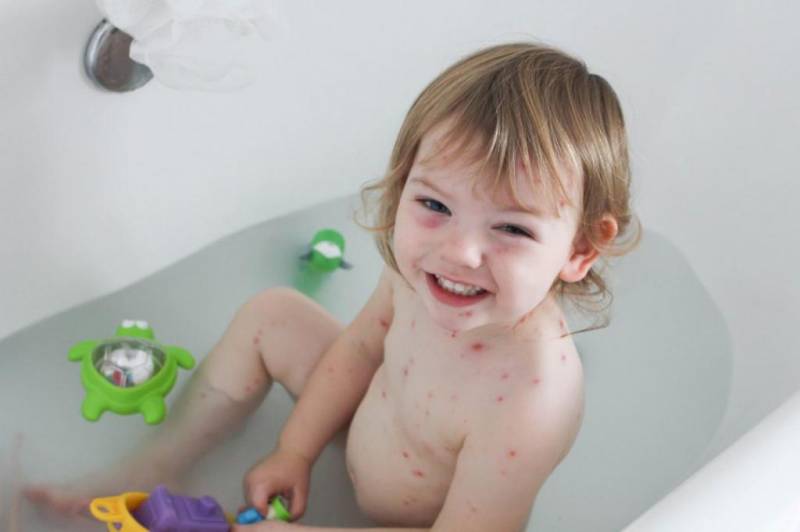
Features of hygiene procedures in adults
As a rule, the infection does not pose any particular danger to children and is mild. In adult patients, it provokes a profuse rash, a strong feeling of weakness and a very high temperature.
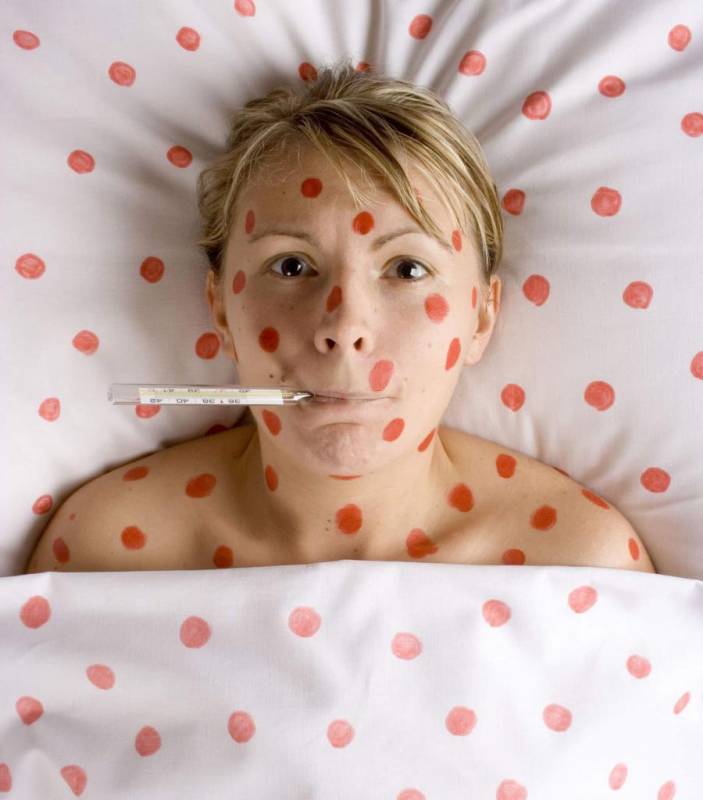
Therefore, the answer to the question of how long after chickenpox can be washed will be different for adults and children. Until a person’s condition has returned to normal, he should limit himself to only rinsing those areas of the body that need to be constantly kept clean. It is also allowed to treat skin areas with blisters using disinfecting wipes. After the temperature drops, you should wash your hair. Secretions from the sebaceous glands clog pores and cause complications. On the fifth day of infection, in the absence of fever, this procedure should be performed. However, you should not wash your hair for long – about 10 minutes.
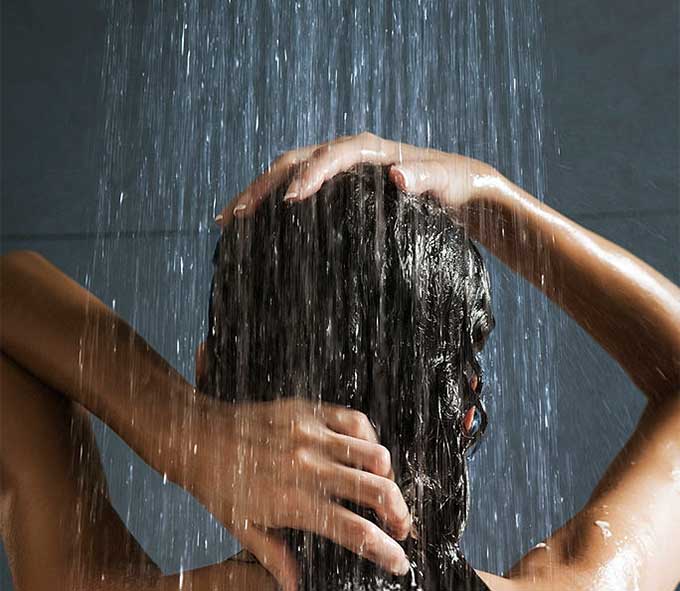
Do not use hot water, shampoo or soap. It is recommended to use a solution of soda and decoctions of medicinal plants. When washing, you need to be careful not to touch the rashes on the skin. After bathing, lightly dry your head with a towel and hair dryer. Pimples on its surface are lubricated with a solution of brilliant green.
Can adults with chickenpox take a bath or should such a procedure be postponed? This activity really needs to be abandoned until complete recovery. It is permitted only on the tenth day after the onset of infection. If by this time the patient’s condition has completely returned to normal, the bathhouse can be visited.
Features of water procedures at different stages of the disease
So, today experts say that bathing does not have a negative effect on the body and does not contribute to the further spread of rashes. In addition, water washes away dirt and sweat from the surface of the skin, cleanses pores, and eliminates the feeling of itching. If you have chickenpox, how many days after can you wash? The answer to this question is determined by the following conditions:
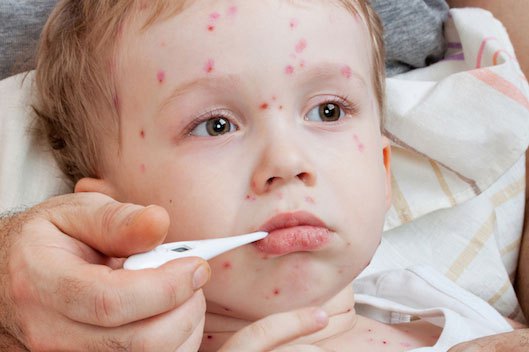
- If the pathology occurs without fever and a strong feeling of weakness, you can take a bath or shower with soap in the first days of infection.
- If there is a fever, water procedures are excluded. This rule especially applies to young patients. Typically, with chickenpox, the fever lasts for five days. During these days, you should wipe your skin with sanitary napkins or a wet towel.
- When the temperature drops, the baby can take a bath. However, the water should not be hot so as not to provoke a feeling of itching in the patient. Adult patients are allowed to shower in the absence of fever.
- On the tenth day after the first symptoms of infection appear, children and adults can bathe in the bathroom.
Precautions for young patients
Today, some parents know that water procedures are not contraindicated for children with chickenpox. However, you need to remember that washing cannot be carried out as usual. If the temperature persists, you should avoid swimming. It's better to wait until the fever subsides. The question of whether a particular child can bathe during chickenpox or not should be agreed upon with the attending physician after an examination. The doctor will assess the condition of the little patient and give recommendations to the parents. It is better to talk to a specialist about this topic in the first days of infection.
